Ethereum developers have completed the final rehearsal for the much-anticipated Fusaka upgrade, marking a crucial step before the mainnet activation. The last test took place Tuesday on the Hoodi testnet at around 18:53 UTC, where developers implemented a series of scalability and cost-efficiency improvements designed to enhance network performance.
Testnets like Hoodi serve as controlled environments replicating the Ethereum mainnet, allowing developers to safely test upgrades and fix potential issues before live deployment. Fusaka has already undergone successful test runs on both the Holesky and Sepolia networks, making Hoodi the final stage in the test phase.
Coming roughly six months after Ethereum’s Pectra upgrade, Fusaka focuses on reducing costs for developers, users, and institutions. The highlight of this update is PeerDAS, a mechanism that enables validators to verify smaller data segments rather than full “blobs.” This improvement lowers bandwidth requirements and operational costs, benefiting validators and layer-2 scaling networks alike.
With all three testnet simulations now complete, the Ethereum Foundation and core developers are set to finalize a mainnet launch date. Based on the foundation’s timeline, the Fusaka upgrade could roll out as early as November 28, though developers have also discussed a potential launch on December 3.
Meanwhile, the Ethereum team is already preparing for the next major upgrade, Glamsterdam, which is expected to include proposals advancing proposer-builder separation (PBS) — a mechanism aimed at further optimizing Ethereum’s transaction flow and block production.
As the Fusaka upgrade nears activation, Ethereum continues to strengthen its network’s scalability and efficiency, reinforcing its position as the leading smart contract blockchain driving Web3





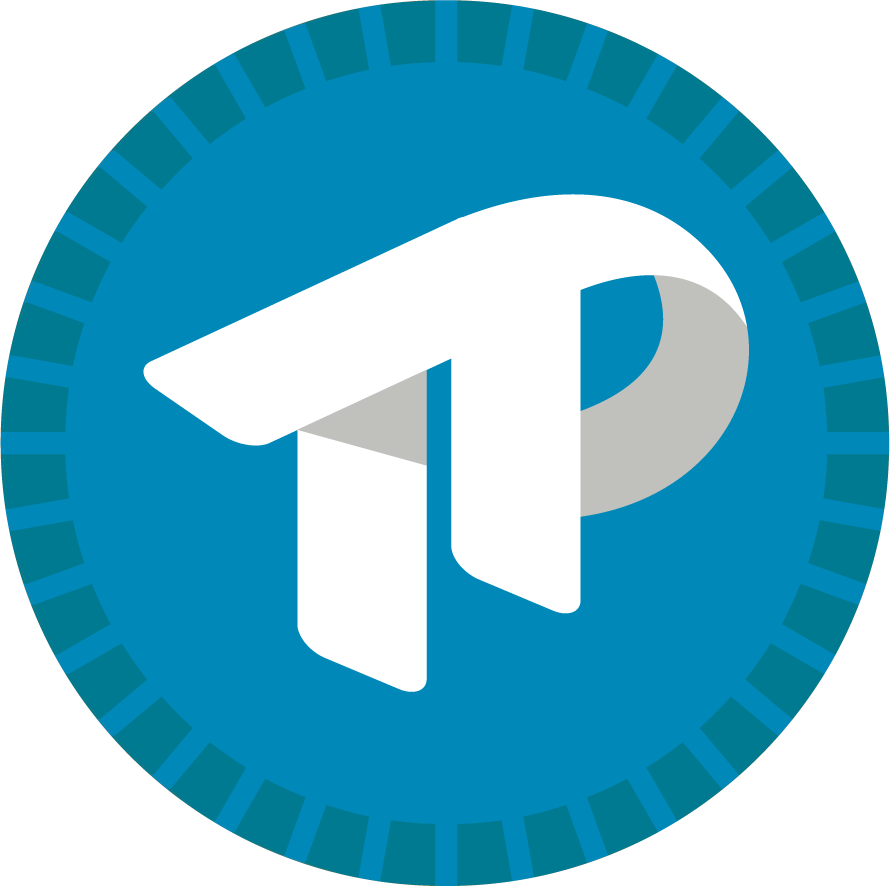


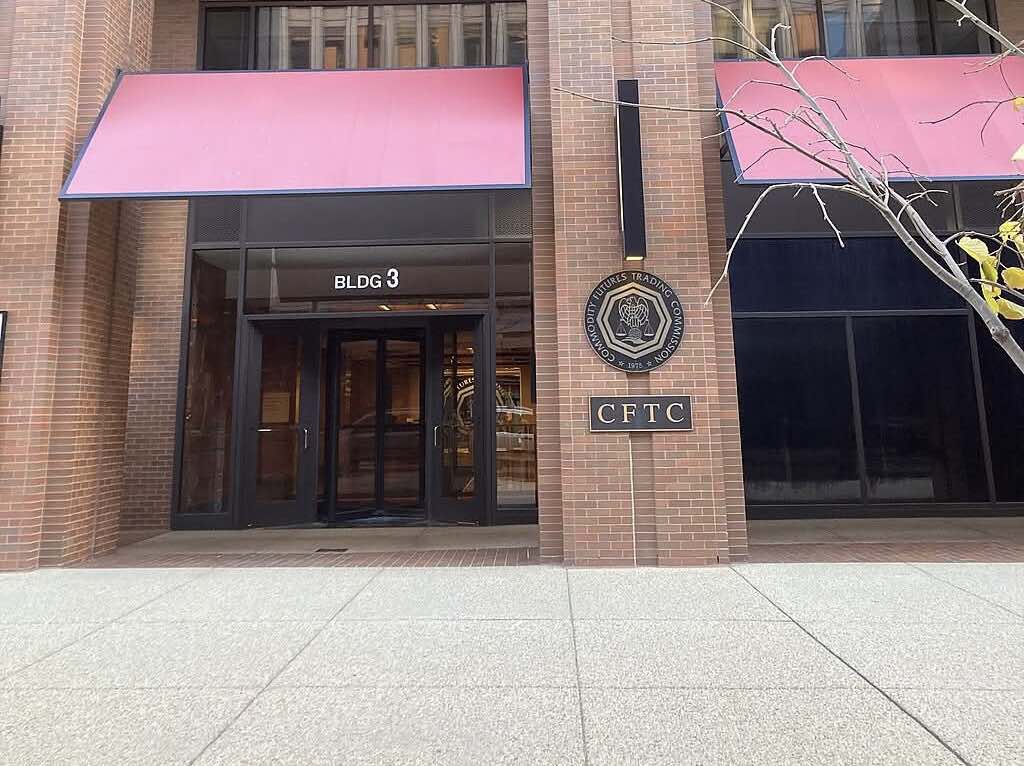


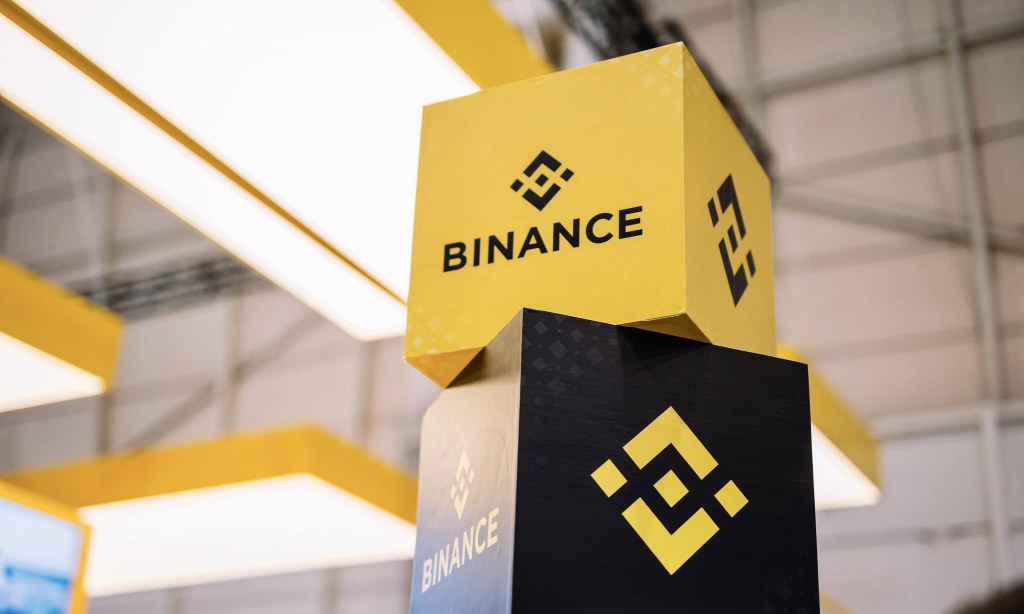

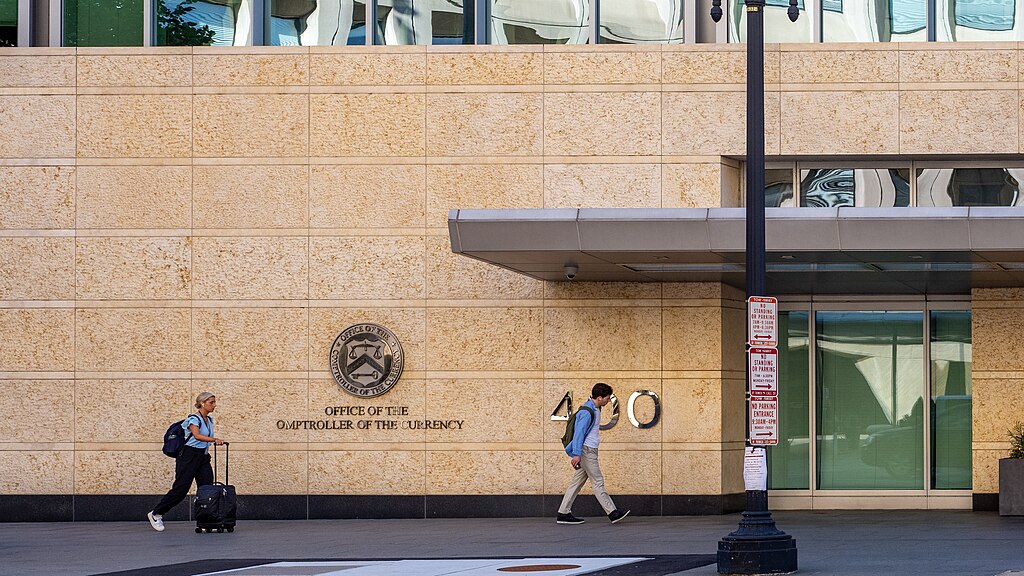




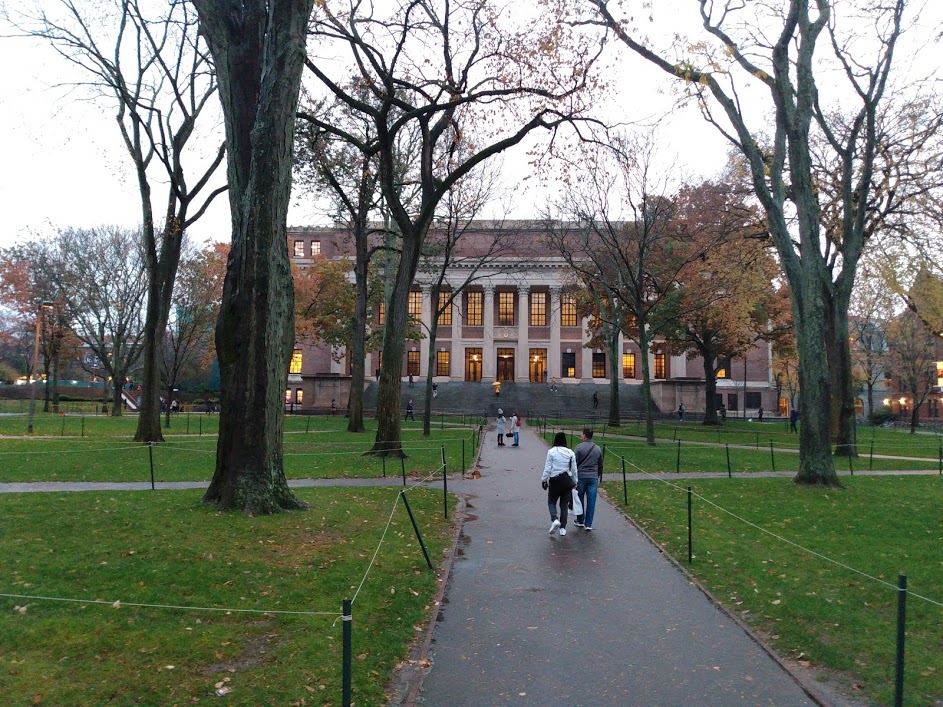

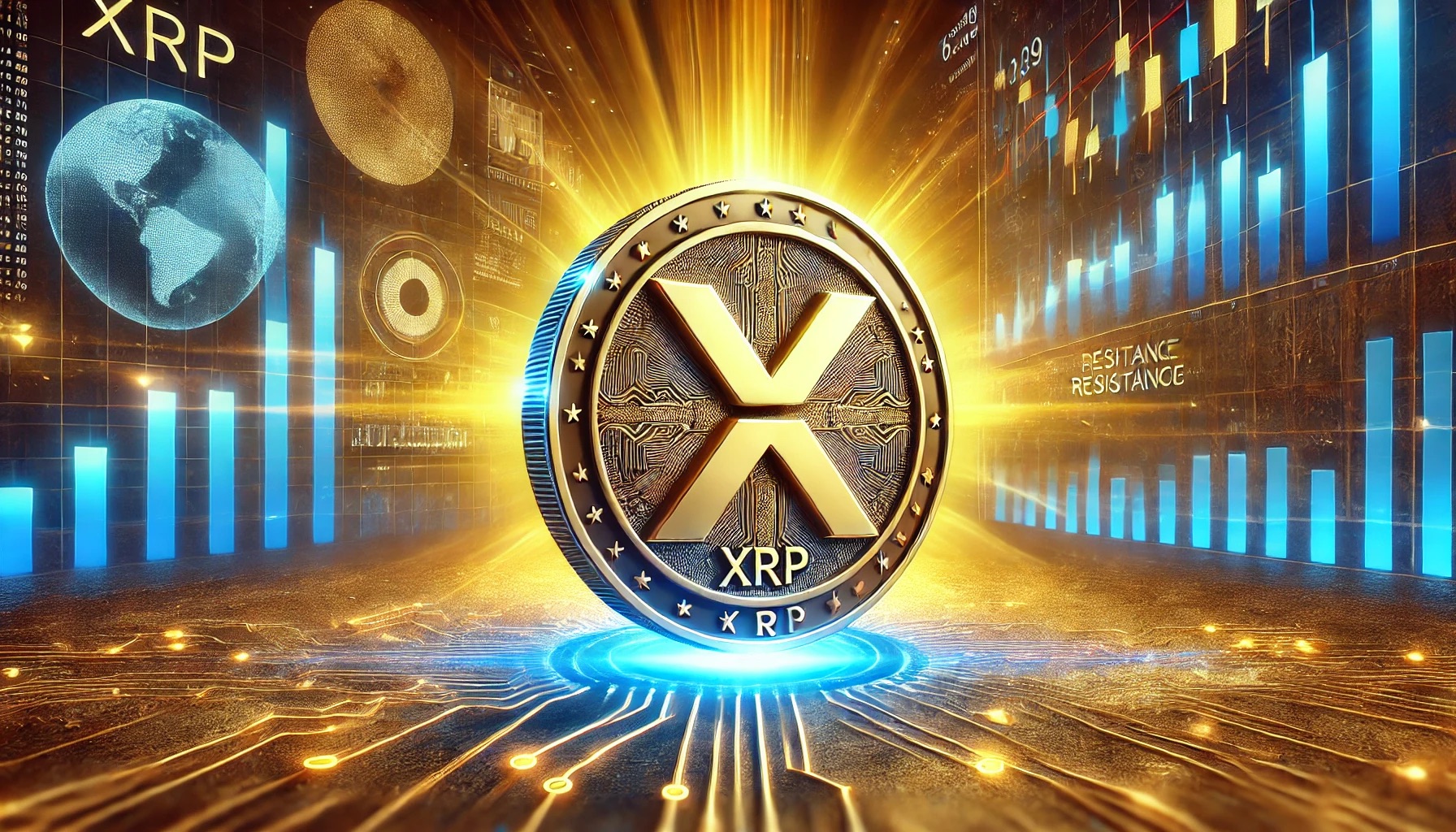




Comment 0